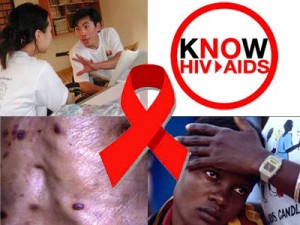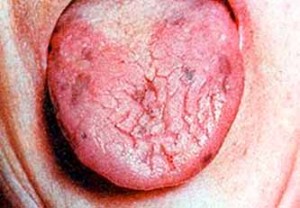Continued from Part 1
HIV disease
HIV disease (symptomatic HIV infection) appears as the CD4 count progressively declines over a long incubation period, which may extend over 5 to 15 years or more. Then the person may develop:
- Infections: the most important infections are pneumonia, candidiasis, herpesviruses and parasites. Opportunistic infections are common and resistant to treatment. Tuberculosis is increasing in HIV-infected persons in whom it may invoke mycobacteria resistant to a range of anti-tubercular drugs. Pneumocystis carinii pneumonia (PCP) is a lung infection seen in up to 80% of infected persons and is the immediate cause of death in up to 20% of individuals dying with AIDS.
- Tumors: the main tumors appear to be virally related and include Kaposi sarcoma associated HHV-8, lymphomas associated with EBV, and cervical and anal cancers associated with HPV.
-
Anorexia, diarrhea, wasting, premature aging and autoimmune phenomena particularly thrombocytopenic purpura.
-
Sometimes neuropsychiatric disease: there may be dementia complex, with personality changes, ataxia and convulsions, and other cerebral syndromes. Continue reading



